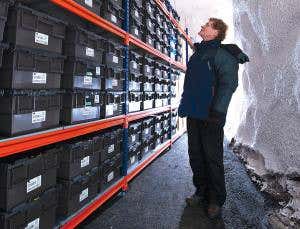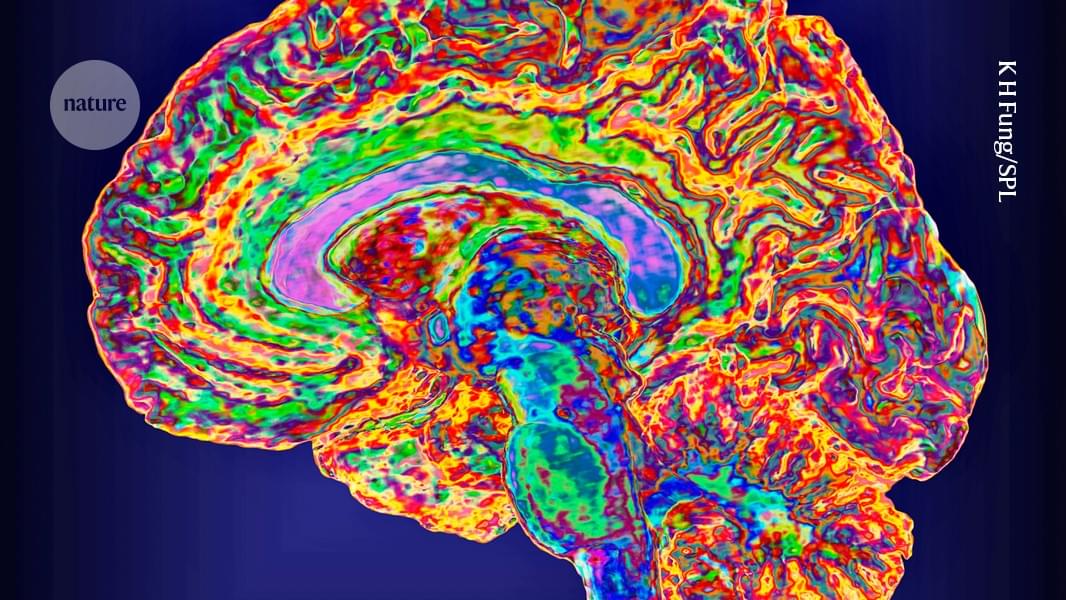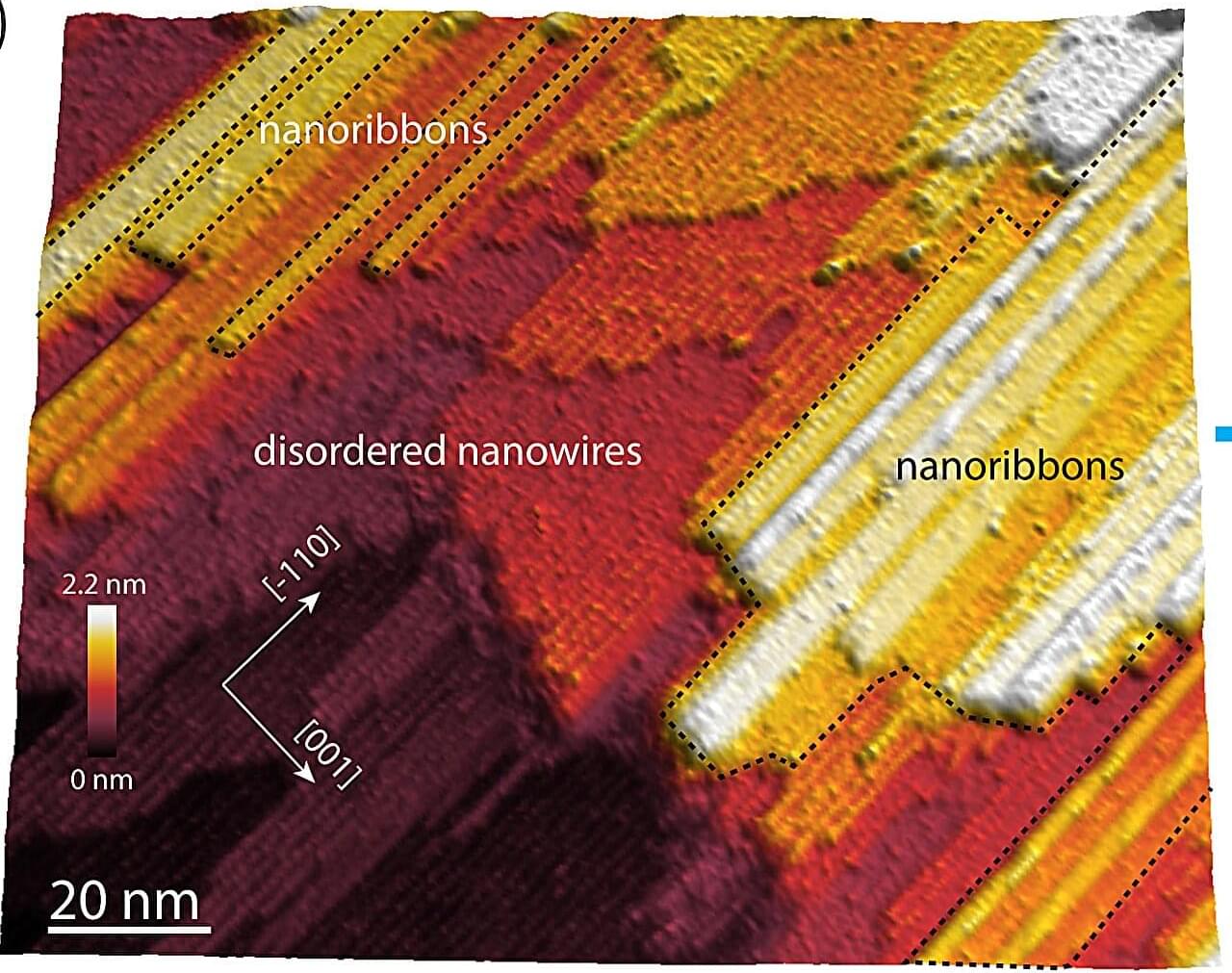Synchrotron radiation sources generate highly brilliant light pulses, ranging from infrared to hard X-rays, which can be used to gain deep insights into complex materials.
An international team has published an overview of synchrotron methods for the further development of quantum materials and technologies in the journal Advanced Functional Materials.
Using concrete examples, they show how these unique tools can help to unlock the potential of quantum technologies such as quantum computing, overcome production barriers and pave the way for future breakthroughs.









